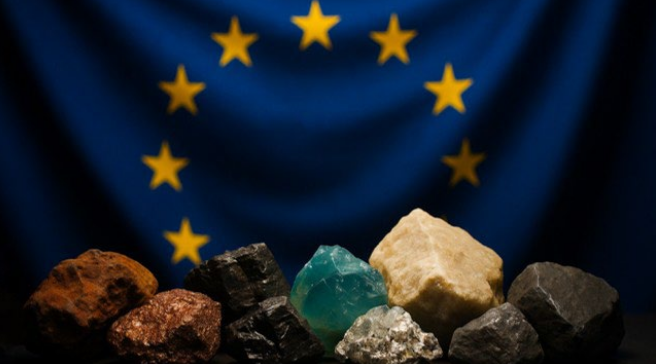On July 5, 2025, the European Union announced plans to build strategic stockpiles of critical minerals, including rare earth elements and permanent magnets, to protect the bloc against supply disruptions driven by geopolitical tensions and market volatility. The initiative is part of a broader Preparedness Union Strategy, which until now has focused mainly on food, medical supplies, and energy. EU officials emphasized that the past two years have exposed just how vulnerable Europe’s industrial and defense sectors are to sudden interruptions in critical material flows, particularly given China’s overwhelming dominance in processing and refining capacities.
The plan will complement the Critical Raw Materials Act, which already sets ambitious targets for domestic sourcing, processing, and recycling by 2030. Recent export restrictions imposed by China on rare earths have sharpened European policymakers’ focus on creating buffer reserves that can be deployed rapidly in emergencies. These materials are essential to a range of strategic industries—from electric vehicle batteries and wind turbines to semiconductors and advanced weapons systems—and cannot be substituted overnight without significant technological and economic costs. By combining longer-term capacity building with near-term stockpiling, the EU aims to bolster resilience and reduce its dependence on a handful of external suppliers.
For governments, manufacturers, and investors across Europe, this decision marks a shift in how critical minerals are treated: not simply as commodities but as strategic assets central to economic sovereignty and security. Stockpiles are expected to act as both a safety net and a stabilizing force to prevent market shocks from escalating into broader crises. Just as importantly, the transparent, regulated approach to creating these reserves is designed to maintain public trust, deter speculative price swings, and demonstrate that Europe’s energy and defense transitions are underpinned by credible contingency planning. This proactive strategy underscores that resilience in critical materials requires foresight, coordination, and strong governance.

